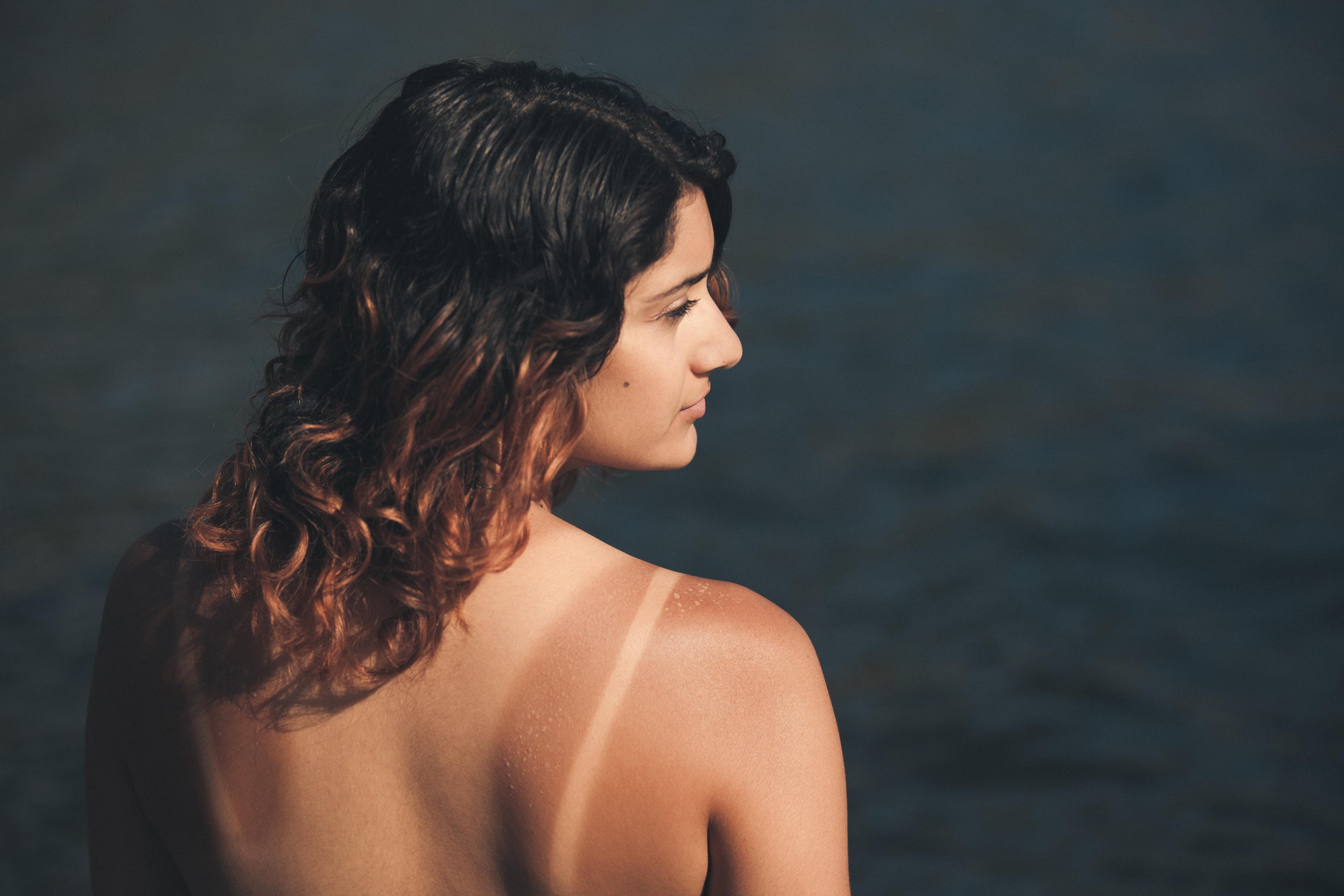Mild sunburn can’t cause cancer and four other myths to stop believing
Skin experts debunk common misconceptions about sun exposure

Whether you’re a sun worshipper who welcomes every heatwave with open arms, or you prefer to stay in the shade all year round, sometimes it’s hard to to avoid catching the sun – particularly with the extreme weather we’ve been having this summer.
But a touch of prickly pink skin at the end of the day isn’t really going to make a difference, is it?
Wrong – experts suggest even mild sunburn can put you at risk of skin cancer, and that’s not the only mistake many people make when it comes to sun protection.
Here, experts explain five common misconceptions about sunburn, and what you need to do to stay safe…
1. The odd sunburn doesn’t make a difference

“This is something I hear a lot but unfortunately, it’s just not true,” says Karis Betts, senior health information manager at Cancer Research UK (cancerresearchuk.org), which is working in partnership with Nivea Sun (nivea.co.uk) to educate consumers on how to be sun safe.
“Damage to our skin from the sun is the number one cause of melanoma, the most serious type of skin cancer, and skin damage from the sun builds up over time – it doesn’t go away after the burn fades. Every burn counts, but this also means every time you protect yourself also counts.”
This is even more important for children. According to the Skin Cancer Foundation (skincancer.org), “Even one blistering sunburn in childhood or adolescence more than doubles your chances of developing melanoma later in life”.
2. You have to go red before you go brown

Want to get a gorgeous, golden brown tan this summer? Your skin doesn’t need to turn red first.
“This is one of the biggest myths in sun protection, and it contributes to skin damage and skin cancer cases,” says Abi Cleeve, MD of Ultrasun UK (ultrasun.co.uk).
“The fact is that as soon as the skin reddens, it’s in trauma. A ‘trauma tan’ occurs from inadequate protection where the skin appears to tan more quickly, but hasn’t – it has burned. This only ensures that the skin peels, leaving the skin tan-less in days.”
To tan safely, Cleeve recommends gradually building up your time in the sun, and using higher SPF sunblock. “Use high UVA and UVB filter SPF – a minimum of SPF30 with a UVA filter over 90% will protect the skin and still tan, just more slowly [and] minimising long-term damage and peeling,” she suggests.
3. A tan will protect you from sunburn
Even once you’ve started to tan, your skin is still at risk.
Betts says: “People with naturally darker skin tones have a lower risk of skin cancer than people with lighter skin tones [although everyone is at risk], but going out and getting a base tan before your holiday doesn’t provide the extra protection you might think.”
In terms of sunscreen, she recommends: “At least SPF15 and four or five stars [for UVA protection]. Make sure to reapply it regularly and generously, especially after swimming, sweating or towelling.”
4. All body parts are created equal when it comes to sunscreen

“Burning – overexposure to UVB rays – tends to happen where the skin is closer to the bone structure, and especially where the part of the body faces directly the sun’s rays,” says Cleeve. That’s why you often see pink patches in the same places after a day in the sun.
“Tops of feet, shoulders, décolleté, top of the scalp and the nose – take extra care in these areas,” she advises. “Other common sites include the scalp or parting, sides of the face and ears, areas around swimwear such as straps, and shorts that might move or rise up through the day.”
Cleeves top tip for all-over protection? “Do your sun cream naked! Then any movement in straps, shorts won’t suddenly bare unprotected skin to the sun’s rays.”
5. The UK and Irish sun isn’t strong enough for sunburn
Freak heatwaves aside, the typical weather in our part of the world leads many to believe there’s not enough sun to cause harm.
“This isn’t true,” says Betts. “In fact, the sun can be strong enough in the UK between mid-March and mid-October to burn you. You’re most likely to get burnt in the middle of the day, when the sun is at its highest point, not necessarily its hottest.”
That’s why it’s important not to roast your skin all day long. Betts says: “In the UK the sun is at its strongest between 11am and 3pm, so it’s wise to take a break in the shade or indoors during these hours. And remember, you can burn through clouds.”
Bookmark popover
Removed from bookmarks